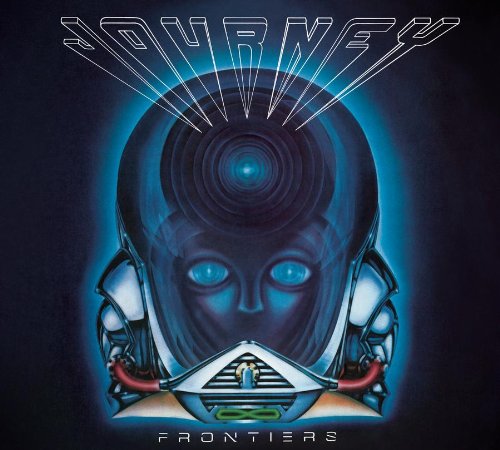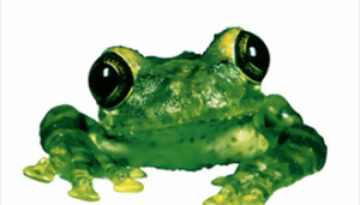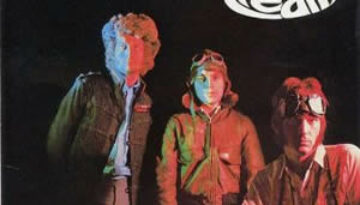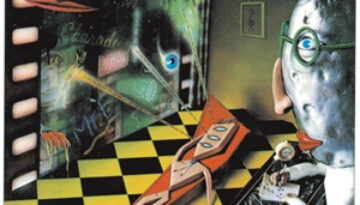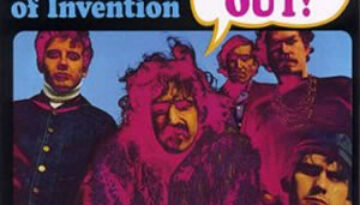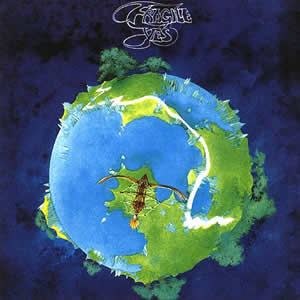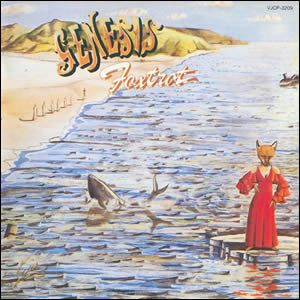Fullfillingness’ First Finale by Stevie Wonder
Buy Fullfillingness’ First Finale At the age of just 24, Stevie Wonder released his 17th studio album with 1974’s Fulfillingness’ First Finale. This record came when the composer, musician and vocalist was in […]



